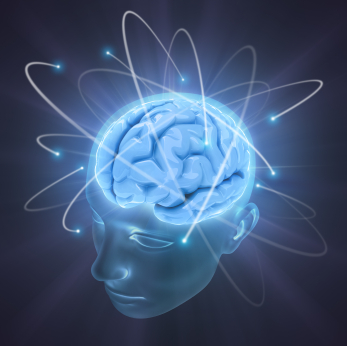Why Do Autists Have a Bigger Brain?
A new study has revealed irregularities in the DNA-and RNA-cells in the prefrontal cortex of autistic children.

Previous studies showed that the brain of autistic children was larger in comparison with healthy children, especially in the prefrontal cortex, which played a key role in thinking, language skills, decision-making, and social behavior.
While studying this anomaly, the researchers from the University of California San Diego Autism Center analyzed the tissues of the prefrontal cortex of 33 postmortem brain samples of autistic and non-autistic people aged 2 to 56 years. It was found that the brain, suffering from this disease, included other variations of both DNA and RNA (ribonucleic acid), which played an important role in protein synthesis. The author of the study, Eric Courchesne, explains that the RNA-violation in the autistic brain, is most likely related to the genes that encode the proteins regulating cell growth. According to the researcher, they found out that the links, that had to govern the genesis of brain cells and develop them, were abnormal, and the same was true about the links governing the formation and removal of neurons. The connections, which should have regulated DNA repair, did not work.
How are these changes, after all, associated with autism? Scientists believe that an excessive number of neurons or brain cells can explain its larger size compared with the human brain, not suffering from this disease. In numbers, it looks like this: about 0880000000 neurons in the prefrontal cortex in healthy children and about 1570000000 in autistic children.
